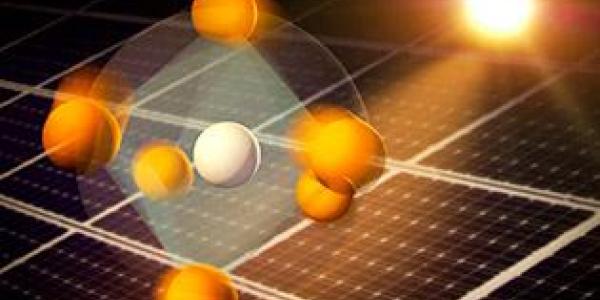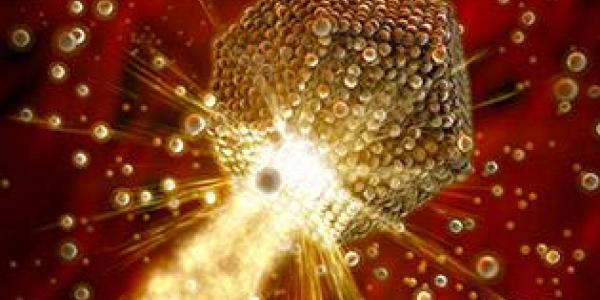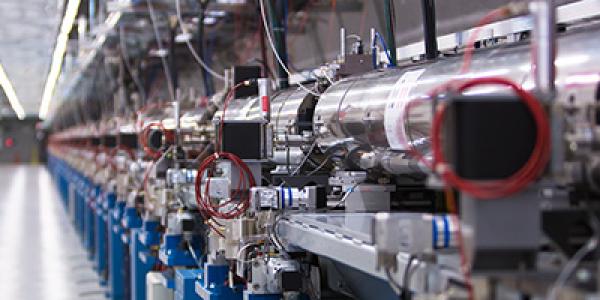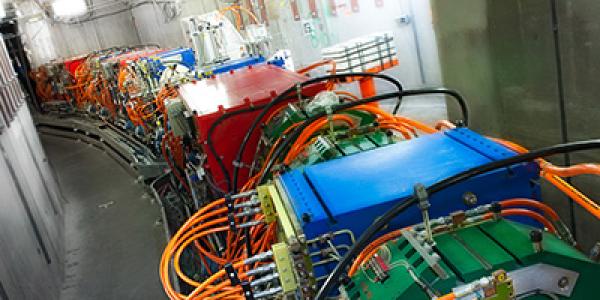
SLAC’s Energy Sciences Directorate includes four scientific divisions. From studying chemical reactions that happen in femtosecond timescale to advancing society’s energy technology, the Energy Sciences Directorate’s research addresses an enormous range of critical scientific challenges. SLAC’s distinguished history, world-class experimental facilities, close ties to Stanford University and connections to Silicon Valley provide the background for our work and success.
Energy Sciences Divisions
The Applied Energy Division identifies and pursues opportunities where SLAC’s unique set of scientists, engineers and facilities have strong potential for performing energy research that will translate into practical solutions.
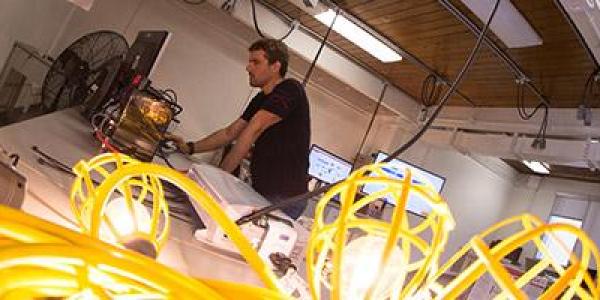
The Chemical Science Division's two central areas of research strength include Ultrafast Chemical Science at the PULSE Institute, and Chemical Catalysis at the SUNCAT Center.
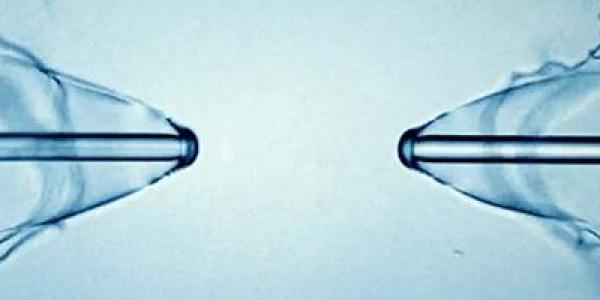
Research in the Computer Science (CS) Division addresses challenges that go hand in hand with computing at extreme scales.
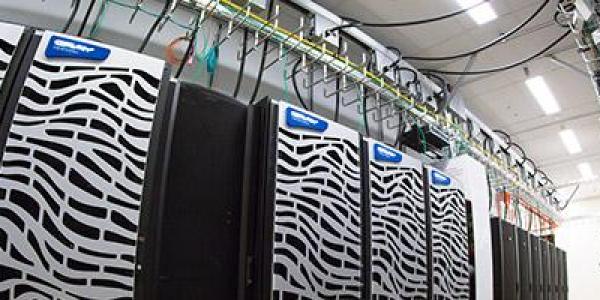
The Materials Science Division studies the nature, properties, interactions and synthesis of complex and novel materials.
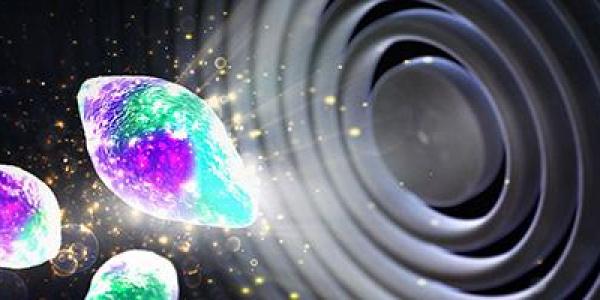
Joint SLAC + Stanford Institutes
SLAC'S User Facilities
SLAC’s + Stanford Collaboration
Stanford University operates SLAC for the U.S. Department of Energy (DOE) Office of Science. We welcome thousands of scientists each year to do research at our world-class facilities. SLAC's strong and growing partnership with Stanford is a key factor in our success.


